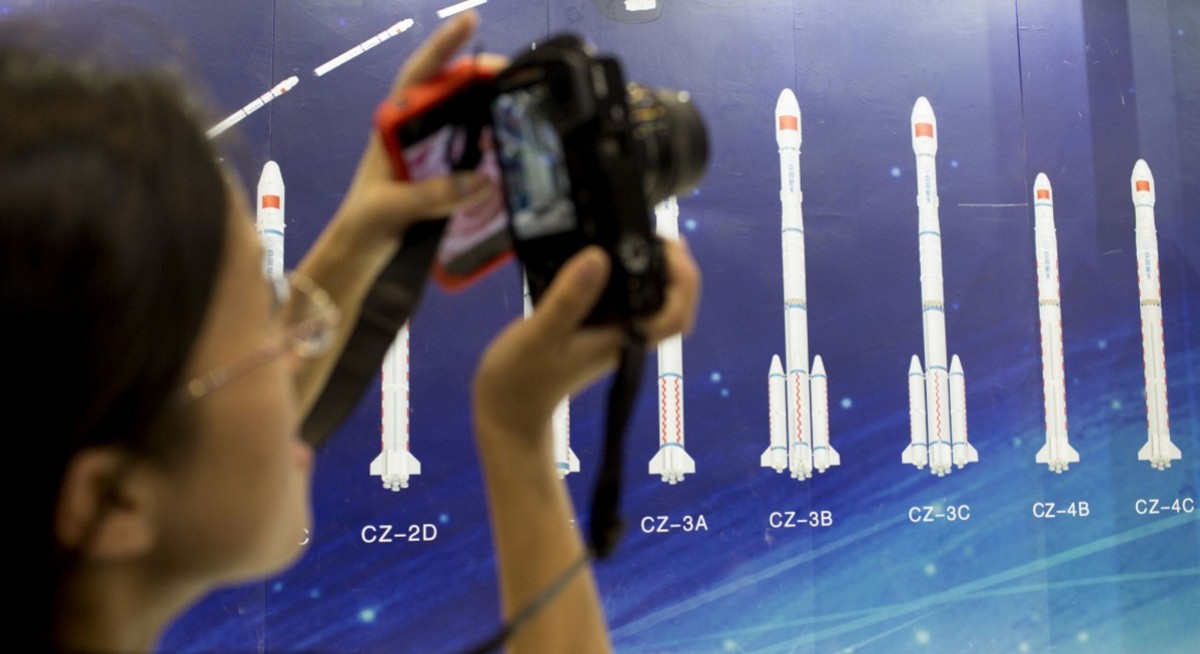The first hint was the move towards limited localised lockdowns. Typical of Beijing’s style of governance, this new policy was to be trialled at selected locations. If proven successful, the policy would then be rolled out nationwide. As it turned out, events overtook the carefully planned roll-out.
Declaring victory in the Covid war
The second hint was in the name. Covid was a known, virulent and deadly disease. The Omicron variant was less lethal and more benign, perhaps more akin to a heavy dose of the seasonal flu. As the Omicron variant became dominant, the disease could be declared endemic similar to the flu and treated accordingly. With that name change, there could be a declaration that Covid had been eliminated and a face-saving claim that the zero-Covid policy had been successful. Again, as it had turned out, events overtook this announcement which many anticipated would be made in time to enable the Lunar New Year to proceed much as normal.
The implementation of these policy changes was interrupted by the Covid-related unrest but delayed or not, they are inevitable changes required to bring the Chinese economy somewhat back to pre-pandemic performance levels.
See also: Hong Kong court to rule on Jimmy Lai’s security case on Monday
This year and the prolonged Covid hibernation may have pushed the economy into the slow lane but it also obscured rapid and substantial economic changes that took place behind the Covid curtain.
Digitalisation of China rolls on
Pre-Covid China was an advanced and sophisticated digital economy. During Covid and 2022, things did not come to a standstill. The exigencies of this period accelerated the take-up and development of the digital economy. It saw advances in China’s digital currency and its application as a cross-border transaction tool. The imposition of unilateral sanctions by the US, the fragility of the Swift trade settlement system and the attacks on the computer chip industry all helped to accelerate these changes.
See also: China Vanke seeks one-year extension on second local bond
The unintended consequence of these US strategies was to accelerate China’s research and supply-chain independence. First, in the aerospace arena, Chinese astronauts spent six months in space at the newly constructed Chinese space station. In the telco sector, China is also working with 6G while the US still struggles to understand the potential of 5G. Chinese scientists and scholars were pushed out of the US and the UK. They bought back to China research skills and knowledge that is indispensable in the country’s response to Western attempts to cripple its economic progress.
The history of China’s struggle against these forces in 2022 sets the scene for its development in 2023. The policy foundations for continued economic growth were set with the adoption of the dual circulation economic strategy in late 2021. This strategy was designed to boost consumer activity in the economy and so reduce the dependence on the export economy. It represented a rebalancing of the drivers of economic growth and this stretches into 2023. In the past, the Chinese market has been a competitive playground for Western companies and brands. In 2023, the field of competition is widened to include homegrown Chinese competitors in almost every business and consumer field.
The economic giant awakens
This is not just a nationalistic response to Western sanctions. It represents genuine growth in China’s domestic economy and expansion of the competitive space. It is powered by a sophisticated digital economy which continues to catch many Western businesses flat-footed.
This suggests that growth in 2023 will come from new business relationships that were not possible in the pre-Covid period because of a less developed digital economy. This includes the use of blockchain certification to validate the provision of products. It is a powerful tool to combat counterfeiting and product substitution. However, these processes operate on Chinese protocols and companies who choose not to adopt these protocols will be left lagging in the supply chain. They will be left behind by consumers who use integrated blockchain technology to make informed purchases.
There is also suppressed demand for the traditional hard infrastructure development that came largely to a halt in 2022. Projects will resume and the needs of an expanding urban population will still need to be met, but they will be met in a more eco-friendly way. Partnering in these projects and taking up China’s advances in these areas will offer both opportunities and challenges for business cooperation.
In many ways, in 2022, China was cut off from the world with a self-imposed barrier. However, it is a mistake to think that China slumbered behind this barrier. Development activity was intense. Project planning for new strands of economic development was undertaken. As China opens to world engagement in 2023, it is a fair comment to say that many who believed China has come to a standstill will be astounded by the progress achieved. We expect the Shanghai Index to reflect these developments.
Daryl Guppy is an international financial technical analysis expert. He has provided weekly Shanghai Index analysis for mainland Chinese media for two decades. Guppy appears regularly on CNBC Asia and is known as “The Chart Man”. He is a national board member of the Australia China Business Council




